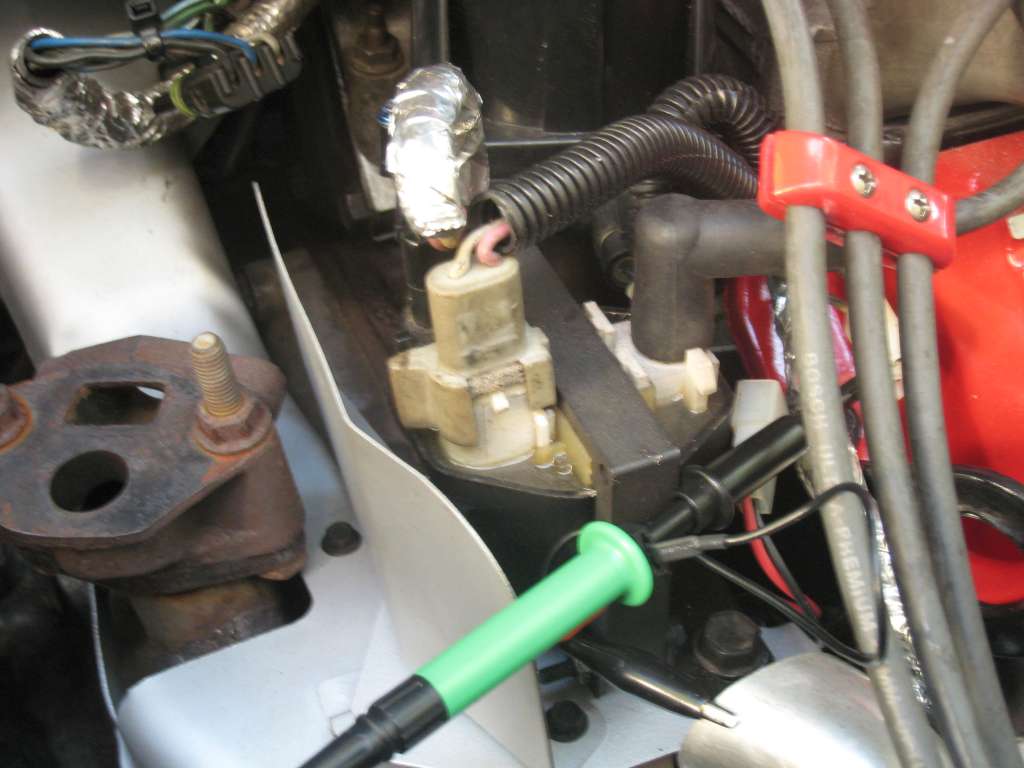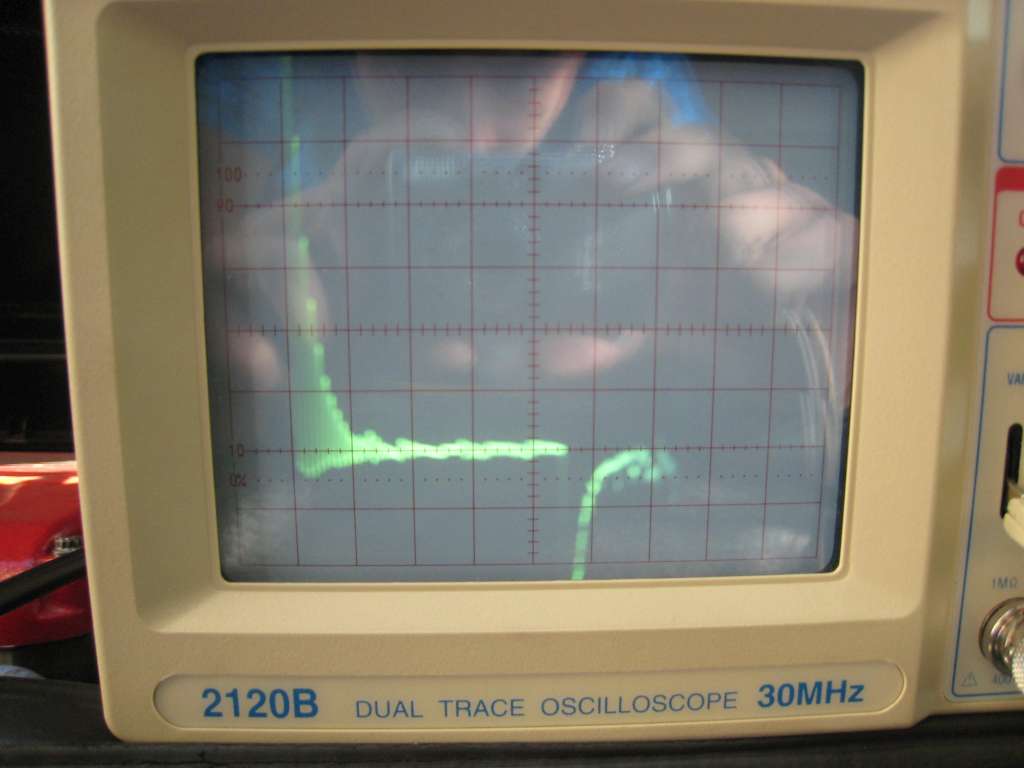| | | quote | Originally posted by Bloozberry:
I'm not sure how a bad coil would "cook" the EST. |
|
A coil that is not within stock specifications, as in a partially shorted one, or a high performance aftermarket one, might have lower impedance than stock. This will cause more current to sink through the module, which will dissipate heat.
| | | quote | Originally posted by Dodgerunner:
I second the heat sink grease. However, as Booz says, as the field collapses the in the primary of the coil it generates a reverse current to the excitation current. This needs someplace to go. Generally there is a diode that should conduct the current to ground.
It's possible that the coil creates a much higher current than the original coil and the circuit in the module can't take it for a long time and fails which would start a cascade affect to failure.
It might be possble to add a larger diode to the output between the module and the coil to ground adding an additional path for the current. You would connect the cathode (K) of the diode K --|<|-- A to the module output and the anode to ground. Might be worth a try. Or change the coil back. |
|
I don't know if there is a flyback diode. There is none in the harness, most likely not integrated in the coil (although god knows what may be hiding in the potting resin), possibly in the module though.
At higher RPMs, there's so much back-EMF induced that the scope can't even get a proper trigger anymore, it's all over the place, the back-EMF may be zapping the semiconductor of the module.
The wiring you suggested though won't do anything, but great idea, I wouldn't have thought of that on my own. The diode must be connected with its cathode to the positive primary terminal., and the anode to the negative primary terminal. It will be spliced into the mini-harness between the coil and module, not affecting any other wiring.
If this reduces back-EMF to the module as seen on the scope, I'll suggest the diode mod to other people. I won't recommend it though to anyone till I test it! If it does reduce back-EMF, it will probably increase module lifespan. Semiconductors can be quite sensitive...
My dad was telling me about the good old days of points ignition, they never worry about electrostatic discharge, or temperature haha or anything like that, like on his first car, a 1970 Camaro.
| | | quote | Originally posted by KurtAKX:
How many ms is the coil charging for? |
|
Right now the dwell is at 2.3 ms (as you can see, 0.5 ms/div, 4.6 divisions).
I'll probably cut it to around 1.2 ms, at that point, the coil basically sees the full DC voltage, after 1.2 ms, the electrical energy just goes towards heating the coil and module. (well, technically, it's asymptotic, but for practical purposes)
However, this is at idle, under high load conditions, more dwell may be required, so I'll see how it performs then...
I'm using white heat sink compound from the local electronic surplus store.
After I fix these things, I'll get a brand new module, once it overheats, I guess there's irreversible damage to the semiconductor.





















